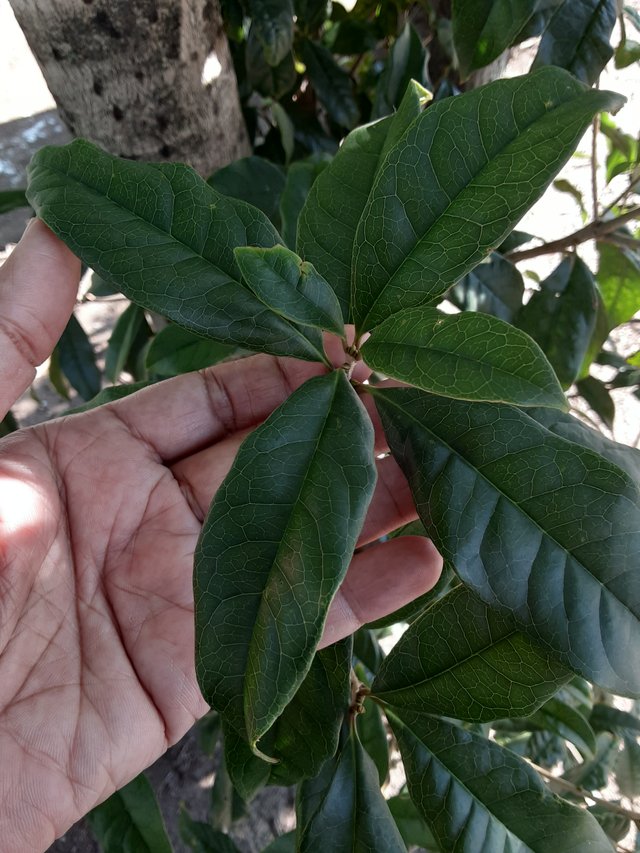
Osmanthus fragrans, also known as sweet osmanthus, fragrant tea olive, or tea olive, is a broadleaf evergreen shrub or small tree in the olive family (Oleaceae) that is native to Asia. The plant is prized for its fragrant flowers, which are used in perfumes, teas, and other products. The leaves of Osmanthus fragrans are also used in traditional Chinese medicine.
The leaves of Osmanthus fragrans are opposite, simple, oblong-lanceolate to elliptic, 6-10 cm long, and 2.6-5 cm broad. They have an entire or finely toothed margin. The leaves are leathery and tough, with a glossy dark green upper surface and a lighter underside. The leaves have a strong, sweet fragrance that is often compared to the scent of ripe peaches or apricots.
The leaves of Osmanthus fragrans are used in traditional Chinese medicine to treat a variety of ailments, including coughs, colds, asthma, and stomachache. The leaves are also said to have anti-inflammatory and antioxidant properties.
In recent years, there has been some interest in the potential health benefits of Osmanthus fragrans leaves. A study published in the journal "Phytomedicine" in 2012 found that the leaves of Osmanthus fragrans had anti-inflammatory and antioxidant properties. The study also found that the leaves had the potential to inhibit the growth of cancer cells.
More research is needed to confirm the health benefits of Osmanthus fragrans leaves. However, the plant has a long history of traditional use, and the leaves are considered to be safe for human consumption.
Ref.:
 |  |
Upvoted! Thank you for supporting witness @jswit.
Downvoting a post can decrease pending rewards and make it less visible. Common reasons:
Submit